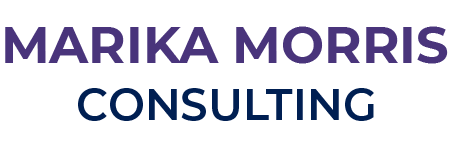This research was undertaken for Informed Opinions, a not-for-profit organization in Ottawa, Canada.
The study examined 1,467 articles and broadcast segments from seven Canadian media outlets/programs with high audience/readership numbers and a national reach (online versions of the Globe and Mail, Toronto Star, National Post, La Presse, CTV National News, CBC The Current and ICI Tout le monde en parle). Only news sections of the online versions of the print publications were reviewed, excluding sports, regional or local news, entertainment, etc. unless stories from these sections appeared in the top headlines.
During three monitoring periods from October to December 2015, the study collected 15 days of data resulting in a sample of 3,213 persons quoted who had an identifiable gender. Transgender persons were coded as whatever gender they presented as. Male sources quoted accounted for almost three-quarters of all persons quoted (71%), and women were 29%.
When persons who were not Canadian and not in Canada were removed from the sample, male representation dropped to 68%, which is still over two-thirds of people quoted, and female representation was 32%, about a third of persons quoted.
There was a statistically significant relationship (p<0.01) between gender and media outlet, which existed whether international sources or Canadian sources only were examined. Public broadcasters did better than the private broadcaster or the print media in terms of representation of women as sources.
Men outnumbered women in every professional category, whether or not the full sample (Canadian and international) or the Canadian-only sample. For every professional/occupational category for which data was available, women were significantly under-represented relative to their numbers in these professions/occupations as recorded in 2011 Statistics Canada data, except in the political category.


